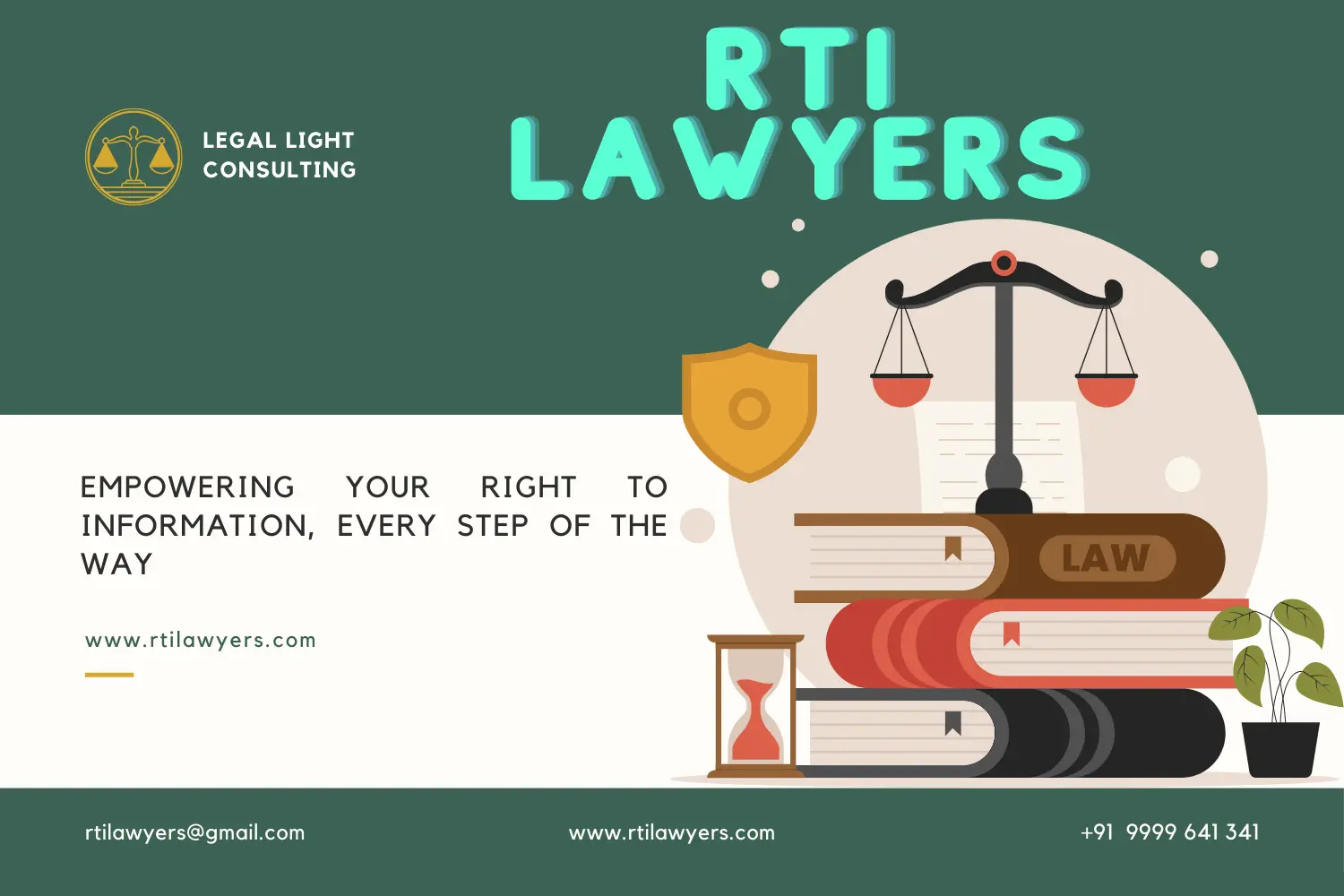Ensuring Transparency: Dissemination of Case Disposal Information by Information Commissions
In the realm of information governance, the Right to Information (RTI) Act plays a pivotal role in ensuring transparency and accountability. Understanding how information about the disposal of a case is conveyed to the parties involved is crucial for promoting openness in the decision-making process. This article sheds light on the mechanisms employed by Information Commissions to disseminate case disposal information.
01.
Formal Order Issuance:
Following the comprehensive hearing of cases by the Chief Information Commissioner (CIC) or the Information Commissioner (IC) concerned, a formal order is passed to articulate the Commission’s decision. This order encapsulates the findings, directives, and resolutions related to the case. Importantly, the order serves as a legal document that outlines the Commission’s decision-making process and the reasons behind the judgment.
02.
Provision to the Parties:
To ensure that the concerned parties are informed of the Commission’s decision, a hard copy of the formal order is provided to the complainant or appellant. This dissemination is undertaken without any cost to the parties involved, emphasizing the commitment to making information accessible to all stakeholders. The provision of a hard copy of the order facilitates clarity and comprehension of the Commission’s ruling by the concerned individuals.
03.
Copy to the CPIO:
Simultaneously, a hard copy of the formal order is provided to the Chief Public Information Officer (CPIO) concerned. This practice ensures that the administrative and executive branches of the public authority involved are promptly informed of the Commission’s decision. Such communication is vital for the implementation of the directives and orders issued by the Commission.
04.
Web Accessibility:
Recognizing the importance of public access to information, the Information Commissions take an additional step by uploading a copy of the order on their official website. This practice aligns with the principles of transparency and allows for wider dissemination of information. Interested stakeholders, the general public, and researchers can access and review the Commission’s decisions, contributing to the overall understanding of the legal precedents and interpretations.
Conclusion
The communication of case disposal information by Information Commissions is a multi-faceted process aimed at ensuring transparency and accessibility. By providing hard copies of formal orders to the concerned parties and the CPIO, and simultaneously making the information available on their official websites, Information Commissions uphold the principles of open governance. This commitment to disseminating information plays a crucial role in fostering public trust, encouraging compliance with decisions, and contributing to the broader goals of accountable and transparent administration.









